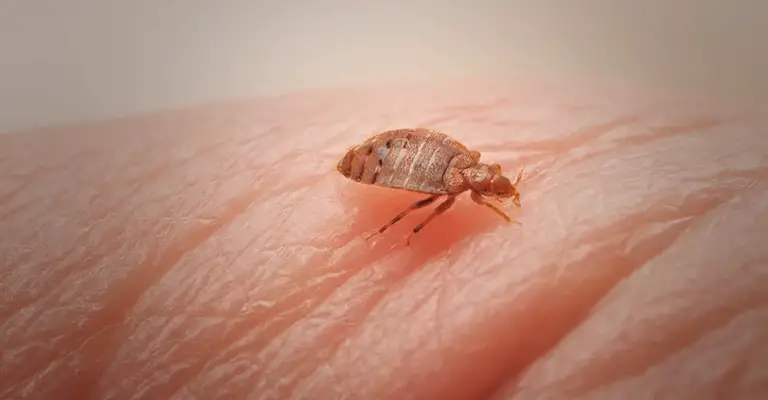Hey there, fellow homeowners and bug fighters! If you’re here, you might be facing a big problem with pesky bed bugs invading your home. These tiny bugs can make our nights miserable, making us itch and keeping us up late.
We’ve all tried different ways to get rid of them, like sprays and vacuuming. But one question keeps popping up: Can I use heat to kill bed bugs? It’s a hot topic (no pun intended) that has made people wonder if it really works.
The effective temperature range for killing bed bugs is between 117–135 degrees Fahrenheit, and this temperature must be maintained for an extended period.
When compared to other heat treatments that can effectively kill bed bugs, turning up the thermostat in your home will never kill them. As far as heat treatment is concerned, this is not it.
In order for this procedure to be successful, your entire house must be heated to over 130 degrees Fahrenheit for over an hour, with even temperatures in every room.
Typically, temperatures are set around 122 degrees and sustained for 6–8 hours. The duration is necessary as it takes a longer time to heat the areas where bed bugs tend to hide.
Therefore, it will take an hour for the furniture and walls to reach that temperature. Turning up your thermostat won’t do that.
To safely increase the temperature evenly in the entire apartment, different sources of heat are normally used by professionals to enclose the entire apartment and raise the temperature evenly.
Let the professionals handle that. In an attempt to kill bed bugs with heat, you might end up starting a fire.
Killing Bed Bugs with Heat: How It Works
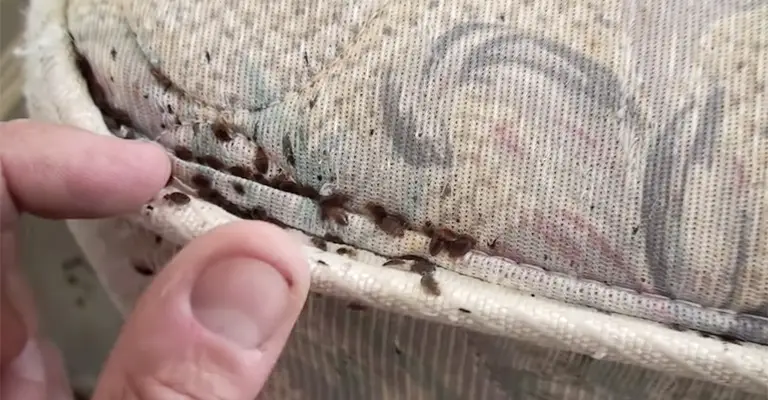
You can use heat treatments in your home, office, hotel, or work space by raising the temperature above 120° F; preferably between 125°F and 140°F.
It is possible to eradicate adult bed bugs and their eggs quickly at this temperature, provided the bed bugs and their eggs are directly exposed to the lethal temperatures.
Even one or two survivors can cause continued problems if the temperatures aren’t maintained long enough to kill all the bugs.
In order to increase the likelihood of a successful one-time project, stratification of air via air movers will be used to distribute heat throughout cracks and crevices of the structure.
Although many chemical treatments eliminate the majority of bugs, small cracks, covered areas, and other obstacles allow for the continued growth of the population.
How Long Do You Have to Heat Bed Bugs to Kill Them?
In addition to the temperature itself, exposure time also affects the temperature at which a bed bug dies. If bed bugs are continuously exposed to 113°F for 90 minutes or more, they will die.
When exposed to 118°F, they will die within 20 minutes. A bed bug egg may only reach 100% mortality after 90 minutes of exposure to 118°F.
Can You Kill Bed Bugs By Turning Up The Heat?
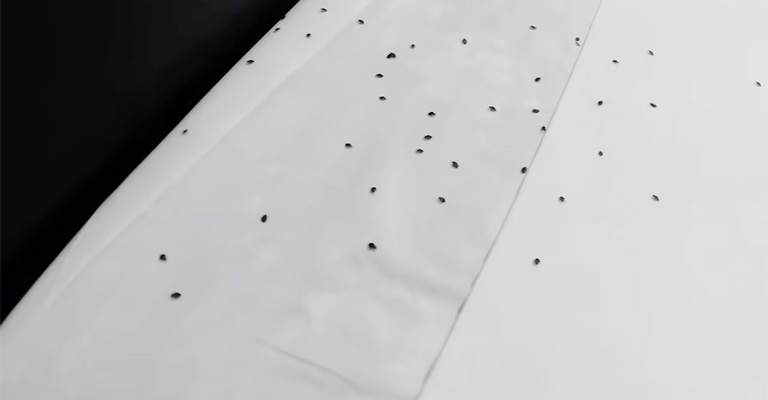
Likewise, your central heating system won’t work. The heater in your home does not have a thermostat that allows it to reach 120 degrees.
Is it possible to kill bed bugs with a space heater at home? Space heaters can kill a handful of bed bugs without risking your home’s safety, but they are not capable of defeating a full-fledged infestation of bed bugs.
In all life stages (adults, larvae, eggs), heat treatments are the most effective method of killing bed bugs. Temperatures of at least 113F for 90 minutes are required to kill bed bugs (and their eggs).
There’s no harm in wondering: Can bed bugs be killed by a regular space heater? In order to answer this question, let’s examine a few factors.
Can You Get To The Critical Temperature Of 113F With A Space Heater?
There are different types of space heaters. Small to large propane, kerosene, and electric systems are available. Heat ranges between 95F and 120F for most household space heaters.
With a large propane space heater, you might be able to heat a room. In any case, it is unlikely that a typical residential electric space heater would be able to reach these temperatures.
Hence, the next question arises.
Can You Use A Propane Or Kerosene Space Heater Inside Your House?
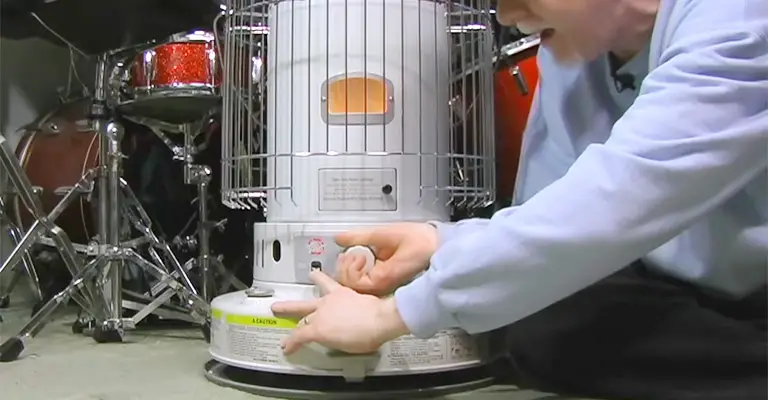
Heat is generated by an open flame in propane heaters and kerosene heaters. When this flame is present inside your home, it poses a great fire hazard.
Further, many of these heaters release deadly gasses into your home, such as Carbon Monoxide and Carbon Dioxide.
It is recommended that you do not use propane and kerosene heaters indoors or in confined spaces according to their warning labels.
It is absolutely not safe to use propane heaters for heating your home without being registered with the EPA as “Pest Control Devices”.
It should be noted that electric space heaters that are not specifically designed for pest control will not provide sufficient heat.
You should not use propane or kerosene heaters in your home that are not specifically designed for pest control!
What If I Use Multiple Electric Space Heaters?
Due to electrical demand, this approach is unlikely to succeed. There is a lot of electricity required by these space heaters.
The electrical demand for an electric bed bug heater is distributed across your home’s electrical system by a series of power cords and circuit breakers. Bed bug treatments can be performed safely using these systems.
The distribution and safety systems built into home space heaters are not designed for this purpose.
It is possible to seriously damage your home’s electrical system and end up having to pay thousands of dollars to have it repaired.
The old saying goes, “Use the right tool for the job when in doubt.”
Random Facts About Using Space Heaters To Kill Bed Bugs
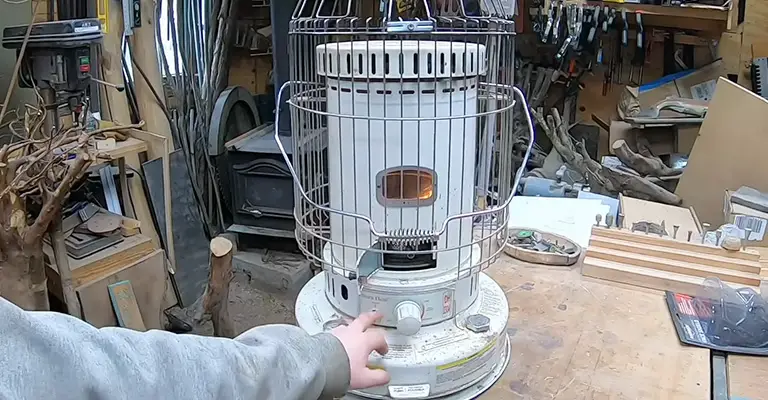
When misused, space heaters can cause fires, even though they are designed to provide “supplemental” heat.
The maximum temperature of home space heaters is usually around 100F because they are designed to keep humans comfortable.
Almost all modern home space heaters come with an internal thermostat that automatically turns them off when the desired temperature is reached.
For hard-to-reach areas, such as soft furnishings, carpets, and wall voids, most professional heat treatments raise the room temperature closer to 130F.
Bed bugs cannot be killed if the temperature is not reached and maintained for a long enough period of time. In order to kill adults and eggs, you must reach 113F and hold it there for four to 24 hours.
Advantages Of Heat Treatment
Chemical treatments are preferred by some, but heat has some advantages over these methods.
As compared to chemical approaches, heat treatments generally take one treatment, rather than several treatments over a period of time.
When bed bug infestations are moderate to heavy, chemical treatments are more likely to fail.
Despite the high-performing chemicals on the market, bed bugs continue to evolve resistance, making heat the preferred method for eradicating them quickly.
Moreover, heat kills bed bugs without chemicals, as it permeates into cracks, crevices, and wall voids where bed bugs dwell.
Can Bed Bugs Survive After Heat Treatment?
Heat treatments done improperly can lead to these bugs hiding and coming back and biting you.
Summary
There is no better way to kill bed bugs than with heat. Infested clothes and bedding can be treated with a hot dryer. In addition to suitcases, portable heat chambers can be used to treat household items without causing damage.
Furniture and large household items can be treated with a Do-it-Yourself heat chamber. Hire a pest management company that uses a professional heating system for whole-room treatment.

